
Rose Champagne
A symbol of refinement and celebration, rosé Champagne captivates with its delicate hue and uniquely aromatic character. Discover the secrets of this exceptional nectar, from its noble grape...Read More

Stock in Singapore

Stock in Singapore
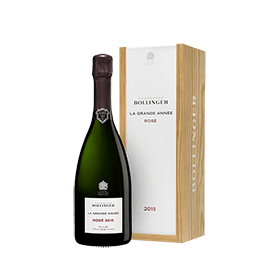
Stock in Singapore

Stock in Singapore

Stock in Singapore
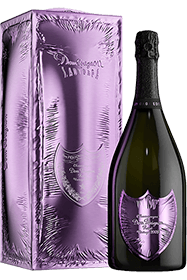
Stock in Singapore

Stock in Singapore



Stock in Singapore
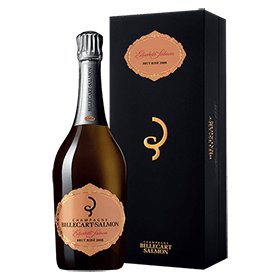
Stock in Singapore


Stock in Singapore
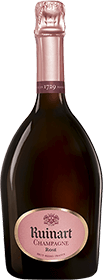

Stock in Singapore

Stock in Singapore

Stock in Singapore

Stock in Singapore

Stock in Singapore

Pre-arrivals - Stock in France

Pre-arrivals - Stock in France

Pre-arrivals - Stock in France

Pre-arrivals - Stock in France

Pre-arrivals - Stock in France

Pre-arrivals - Stock in France

Pre-arrivals - Stock currently at the producing estate - Available to ship after 29/12/2025

Pre-arrivals - Stock in France

Pre-arrivals - Stock in France
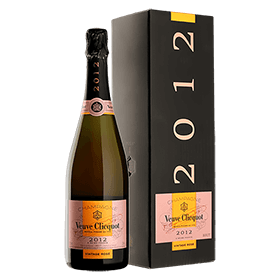
Pre-arrivals - Stock in France

Pre-arrivals - Stock in France

Pre-arrivals - Stock in France

Pre-arrivals - Stock currently at the producing estate - Available to ship after 17/12/2025

Pre-arrivals - Stock in France
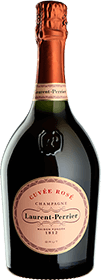
Pre-arrivals - Stock currently at the producing estate - Available to ship after 28/12/2025

Pre-arrivals - Stock in France

Pre-arrivals - Stock in France

Pre-arrivals - Stock currently at the producing estate - Available to ship after 28/12/2025

Pre-arrivals - Stock in France

Pre-arrivals - Stock in France
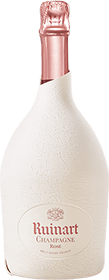
Pre-arrivals - Stock in France

Pre-arrivals - Stock currently at the producing estate - Available to ship after 28/12/2025

Pre-arrivals - Stock in France

Pre-arrivals - Stock in France

Pre-arrivals - Stock in France

Pre-arrivals - Stock in France